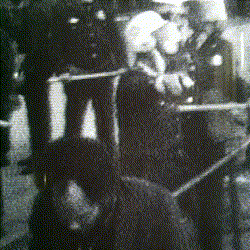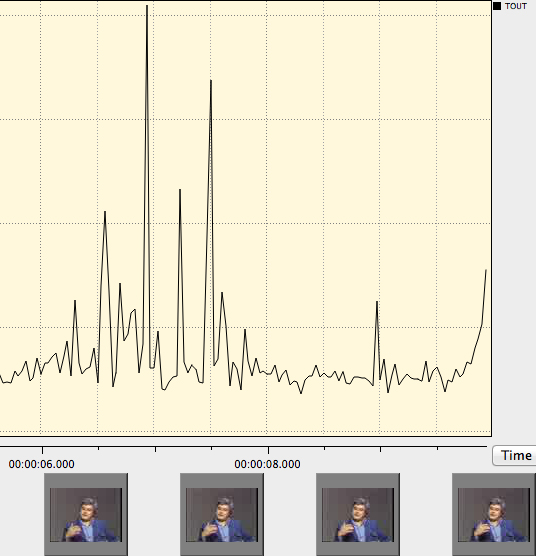
A video dropout is displayed as white and/or black lines of missing information in the picture.
Dropout is a brief loss of RF caused by a media defect such as a scratch on the media surface, a small bit of loose oxide or other environmental contaminant caught in the video heads, or any other incident that produces a loss of signal. A video dropout is displayed as white and/or black lines of missing information in the picture, although dropout might also be noticed when compensation occurs in VTR line delay circuitry. Tapes with severe wear, tapes suffering from environmental damage or other physical maladies can be expected to show moderate to severe levels of line dropout.
Can it be fixed?
If media is scratched so that oxide is missing, the material cannot be replaced so the dropout is permanent.
Dropout may also be recorded into the original content. This can be confirmed by “stepping through” the tape in a slow playback mode. The below sequence shows an example of recorded-in dropout. Environmental dirt or loose oxide can be removed by machine or hand-cleaning. If cleaning, it makes sense to rehouse and/or clean the cassette shell at the same time.
Example(s)

Example of “stepping though” tape content to reveal recorded-in Video Dropout
Identification of Dropout through QCTools
 Analysis of Video Dropout using QCTools’ TOUT graph
Analysis of Video Dropout using QCTools’ TOUT graph
 3M’s Debris Perspective on 1” Tape, early 1970s
3M’s Debris Perspective on 1” Tape, early 1970s

